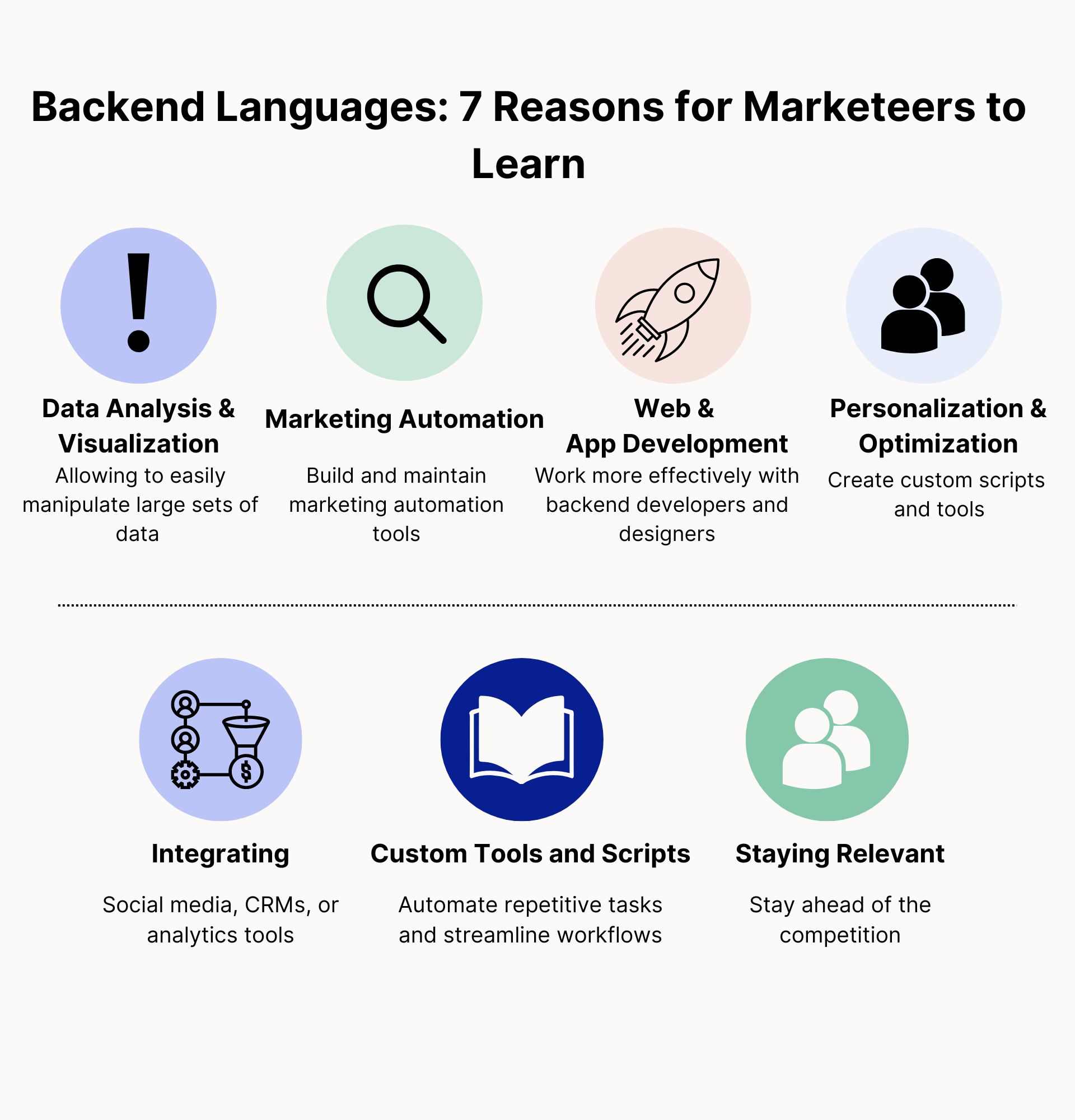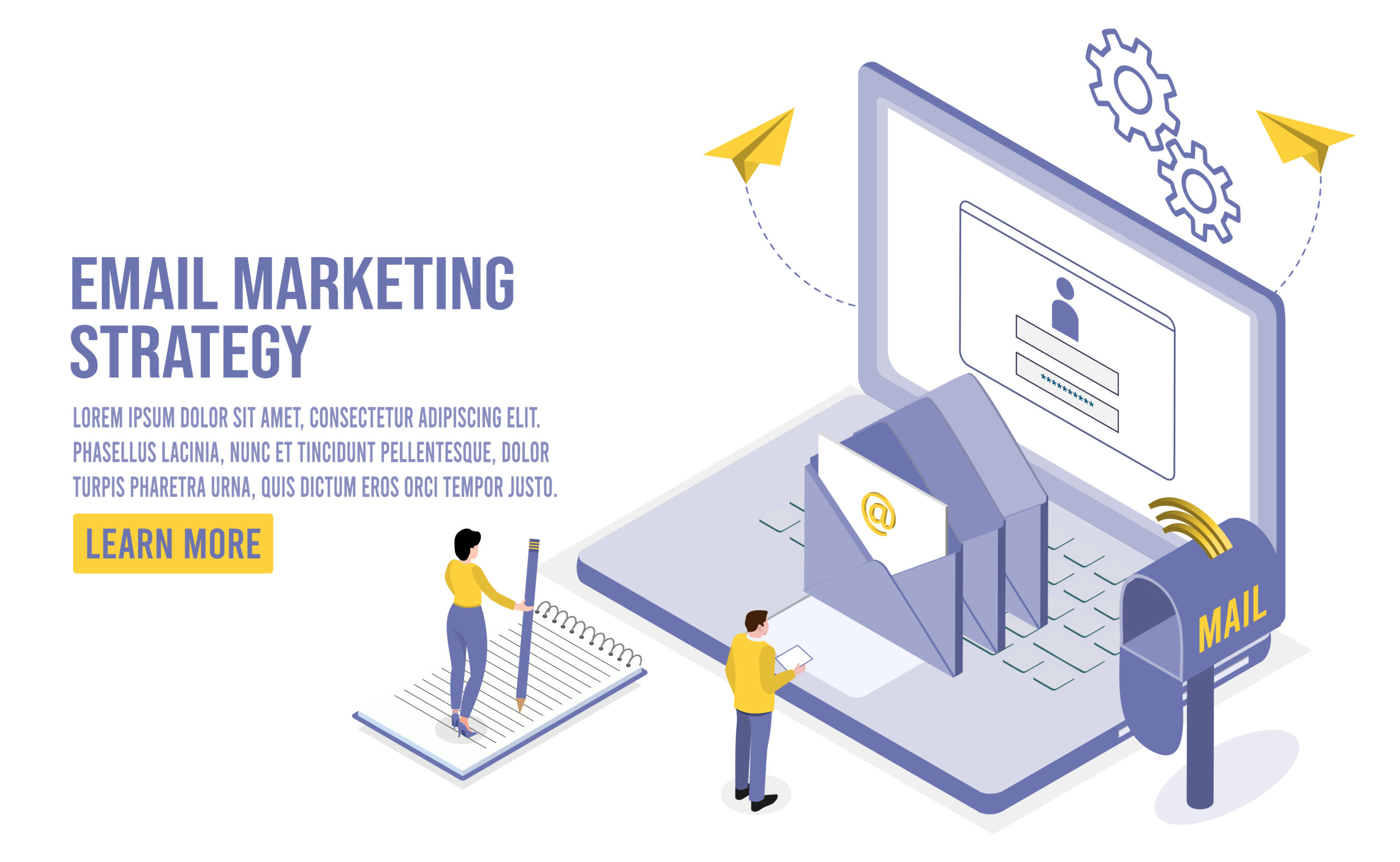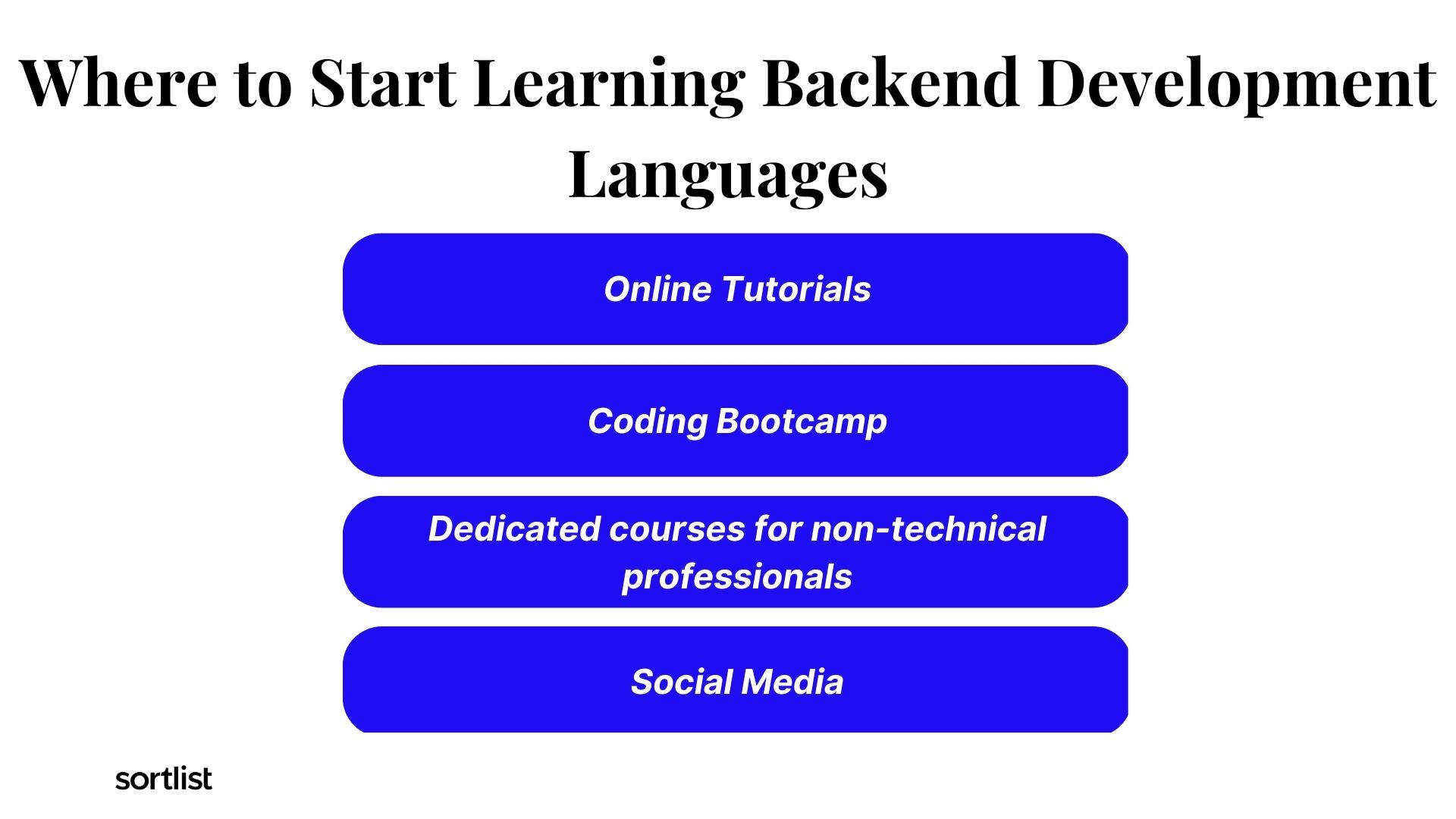
Backend Languages: Why is it Beneficial for Your Marketing Team to Learn
Last update: 21 December 2023 at 09:54 am
As a marketer, you’re likely familiar with the importance of understanding your audience, creating compelling content, and analyzing data to inform your strategy.
But one aspect of marketing that is often overlooked is the role of backend languages in driving campaign success.
In today’s digital landscape, it’s crucial for marketers to have a basic understanding of backend languages such as Python, JavaScript, and Ruby.
These languages are used to build and maintain the systems that power websites, apps, and other digital products, and they play a vital role in enabling marketers to collect, analyze, and utilize data to improve their campaigns.
Moreover, learning a backend language can also open up new career opportunities for marketers. As the digital landscape continues to evolve and the demand for digital marketing professionals with technical skills increases, having a solid understanding of backend languages can make a marketer more valuable to their organization.
|
Discover the most relevant agencies for your project based on your own specific requirements.
Find an agency!It can open the doors to new positions such as a data analyst, digital marketing automation specialist or even a developer.
7 Reasons Why You Should Know Backend Programming Languages
Furthermore, a marketer with knowledge of backend languages can also play a more active role in the backend development of a company’s digital products and services, which can lead to a better alignment of the marketing strategy with the company’s overall goals and objectives.
Here are just a few reasons why your marketing team should invest time in learning a backend programming language, with real facts and numbers to back them up:

Data Analysis and Visualization: The Key to Successful Marketing
One of the most important tasks for a marketer is analyzing data to inform strategy and measure campaign success.
Backend languages like Python and R are particularly well-suited for data analysis and visualization, allowing marketers to easily manipulate large sets of data and create compelling visualizations.
According to a study by MarketingProfs, 91% of marketers use data and analytics to inform their strategy.
Marketing Automation: Unlocking Efficiency and Growth
Backend languages are also used to build and maintain marketing automation tools. These tools can automate tasks such as email marketing, social media management, and lead generation, freeing up marketers to focus on more strategic tasks.
According to a study by the Direct Marketing Association, organizations that use marketing automation see as much as a 451% increase in qualified leads.
Web and App Development: The Future of Marketing
Many marketing campaigns now involve creating and maintaining web application and mobile apps. Backend languages like JavaScript and Ruby are used to build and maintain these digital products, and understanding these languages can help marketers work more effectively with backend developers and designers.
eMarketer predicted that by 2020, mobile apps will have generated $189 billion in revenue through app stores and in-app advertising.
Personalization and Optimization: Tailoring Your Campaigns for Success
Personalization and optimization are key components of a successful marketing strategy. By understanding backend languages, marketers can create custom scripts and tools that enable them to personalize content and optimize campaigns in real time.

According to a study by Epsilon, personalized emails see an average open rate of 29% higher than non-personalized emails.
Integrating: Unlocking the Power of Data
Many marketing campaigns involve integrating with other platforms, such as social media, CRMs, or analytics tools. Thereof, we can use backend languages like Python and Ruby to connect with these platforms, automate data collection and analysis, and create customized reports and dashboards.
Gartner’s study predicted that by 2020, 85% of customer interactions will have managed without human involvement.
Custom Tools and Scripts: Streamlining Workflows and Improving Efficiency
By understanding backend languages, marketers can create custom tools and scripts that automate repetitive tasks and streamline workflows.
This can save time and increase productivity, allowing marketers to focus on more strategic tasks. According to a study by McKinsey, automation can improve productivity by up to 30%.
Staying Ahead of the Competition: Keeping Up with the Latest Technologies
Marketing is a constantly evolving field, and new technologies are constantly emerging. Marketers who learn backend languages can stay ahead of the competition and better equip themselves to take advantage of new technologies and trends.
According to a study by Deloitte, companies that invest in digital technologies are 26% more likely to see increased revenue.
In addition to the benefits already mentioned, learning a backend language is that it can improve collaboration between marketing and other teams within the organization.
For example, a marketer with knowledge of backend languages can work more effectively with developers, designers, and data scientists to create and maintain digital products and services. This can lead to a more cohesive approach to digital marketing and improved campaign results.
Of course, learning backend languages is no small feat, and it’s not necessary for every marketer to become a full-fledged developer.
However, even a basic understanding of these languages can help marketers improve their campaigns and gain a deeper understanding of the digital landscape.
There are many resources available to help marketers learn backend languages, including online tutorials, coding bootcamps, and dedicated courses for non-technical professionals.
By investing time in learning these languages, marketers can gain the skills and knowledge they need to stay ahead of the curve and drive better results for their campaigns.
Where to Start: Resources for Learning Backend Languages
If you’re a marketer looking to learn backend languages, there are many resources available to help you get started. Here are a few options to consider:
- Online tutorials: Websites like Codecademy, Khan Academy, and Coursera offer free and paid tutorials on a wide range of back-end programming languages. You can often complete these tutorials interactively and at your own pace.
- Coding Bootcamp: Coding bootcamps are intensive, short-term programs that teach the skills needed to become a backend developer. Many bootcamps now offer programs specifically tailored to non-technical professionals, such as marketers.
- Dedicated courses for non-technical professionals: Some universities and educational institutions now offer courses specifically designed for non-technical professionals looking to learn backend languages. These courses often focus on the most relevant languages and concepts for marketers.
- Practice and experimentation: The best way to learn any language is through practice and experimentation. You can try to implement a simple script or tool that can automate a task or analyze data.

With the right resources and mindset, anyone can learn to code and make a positive impact on their marketing strategy.
To Recap
In conclusion, learning a backend language is beneficial for marketers in many ways. Understanding the best backend languages such as Python, JavaScript, and Ruby is crucial for marketers in today’s digital landscape.
Thus, these programming languages play a vital role in enabling marketers to collect, analyze, and utilize data to improve their campaigns.
From data analysis and visualization to marketing automation, app and backend web development, personalization and optimization, and integrating with other platforms, learning backend languages can give marketers a competitive edge and drive better results for their campaigns.
FAQs
No, SQL is not a backend language; it is a domain-specific language used for managing and querying relational databases.
The speed of a backend language depends on various factors, and it’s challenging to definitively say which is the fastest, as different languages excel in different contexts.
Yes, Java is often used as a backend language, particularly in enterprise-level applications, web development, and large-scale systems.
Yes. Python is commonly used for backend development due to its readability, versatility, and extensive libraries and frameworks, such as Django and Flask.






